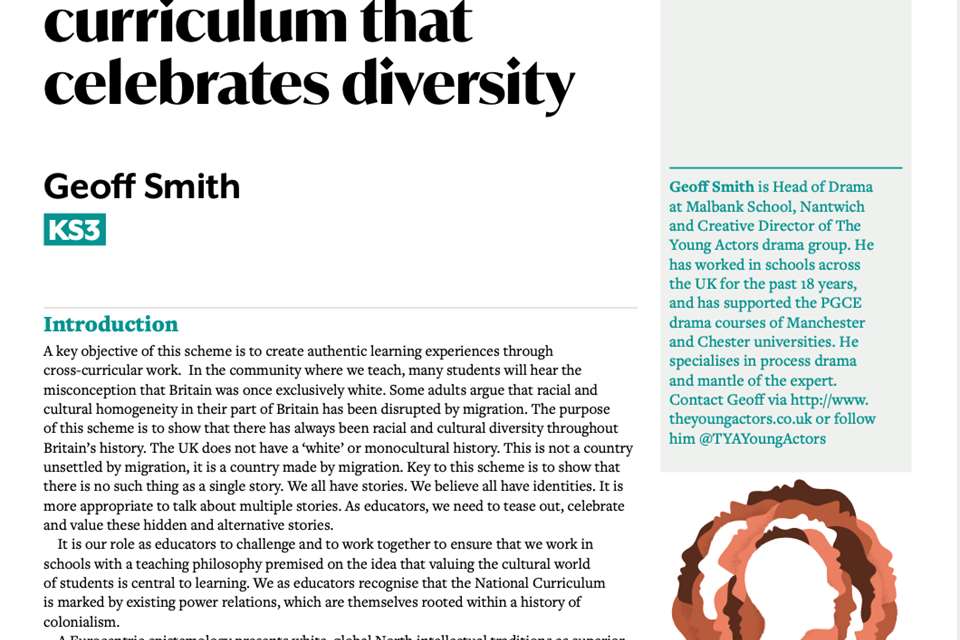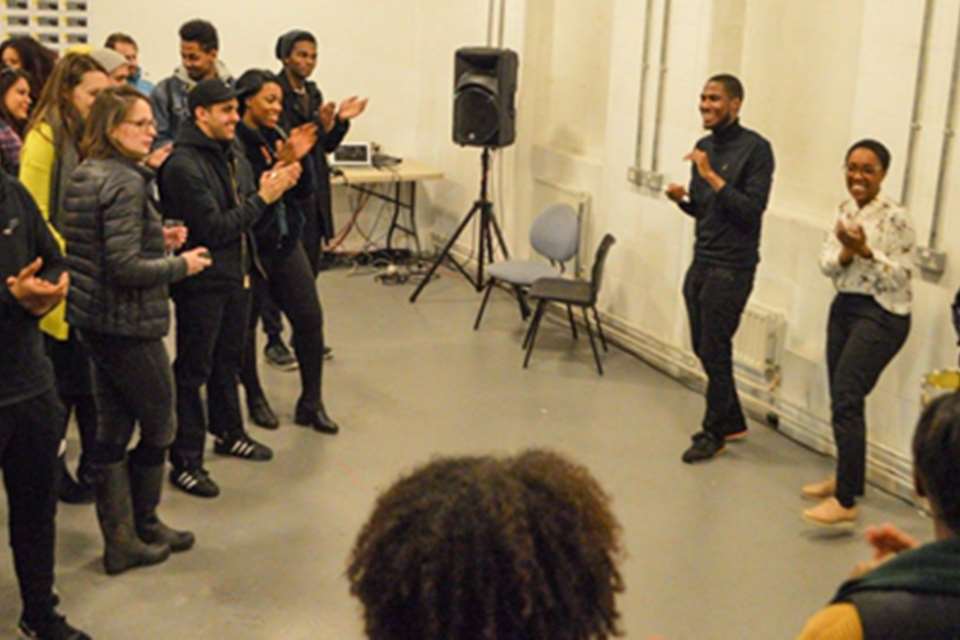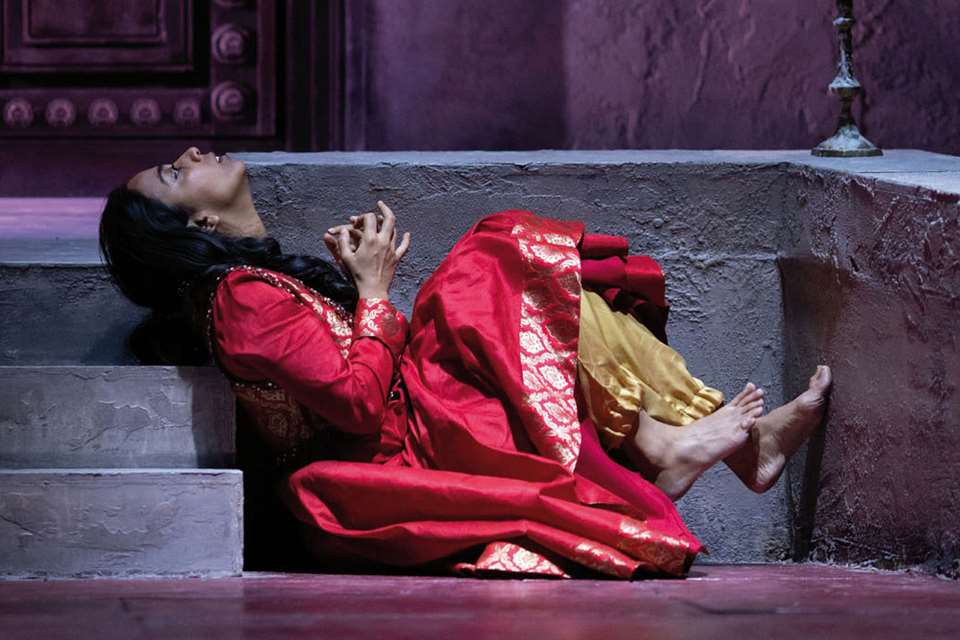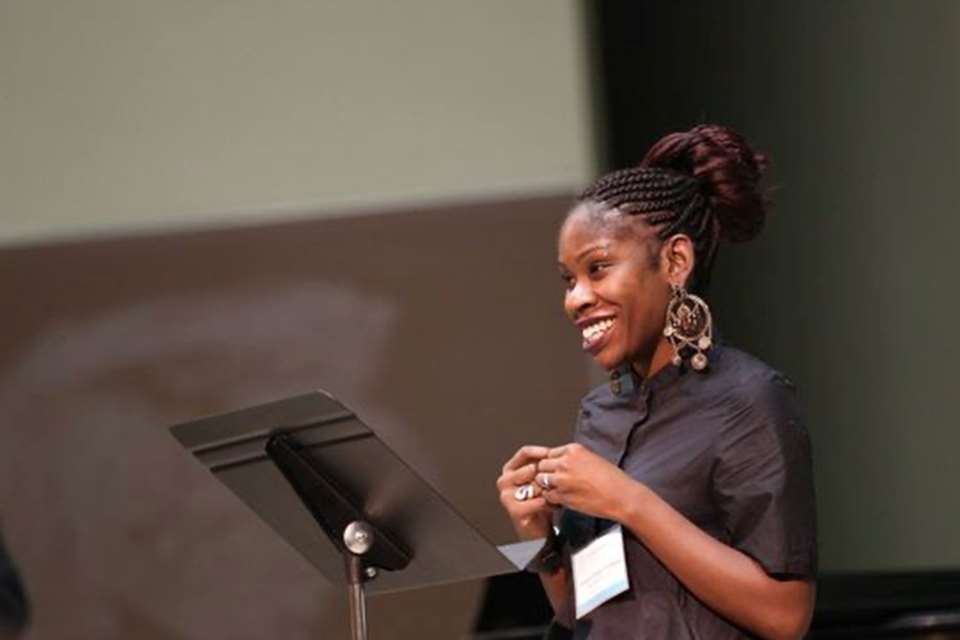Diversification in action: Lit in Colour
John Johnson
Thursday, September 1, 2022
John Johnson explores a new project, Lit in Colour, that looks to increase students’ access to texts by writers of colour and from minority ethnic backgrounds
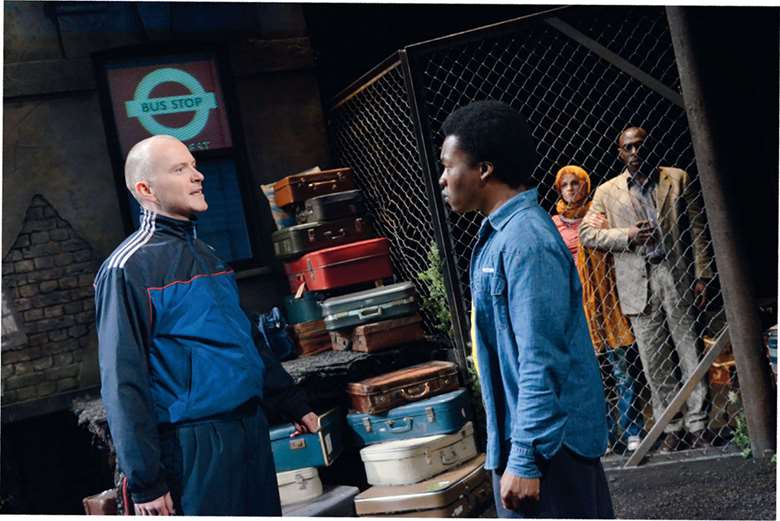
Keith Pattison
Exam boards are (perhaps belatedly) looking to increase the diversity of play texts studied at GCSE and A Level in Drama and English: last July, Edexcel added four new set texts to its GCSE specification to offer more diversity to students studying the course and provide greater access to global majority playwrights. More recently, AQA have followed suit, updating its GCSE and A Level Drama set texts to allow pupils more access to diverse writers.
The facts are shocking and make for awkward reading: 34.4 per cent of students in the UK are from a global majority background and yet only 0.7 per cent of all students study a book by a writer of colour at GCSE, with 0.1 per cent studying a book by a woman of colour at GCSE. At most, 7 per cent of students study a book by a woman at GCSE. This research forms part of a project – Lit in Colour – being carried out by Penguin Random House in partnership with the Runnymede Trust, the UK's leading independent race equality think tank. Bloomsbury, under its Methuen Drama imprint, has joined forces as a partner for the campaign and aims to work with schools to introduce new plays that will create more representative and inclusive drama experiences for students.
Lit in Colour
Lit in Colour was launched by Penguin Random House and The Runnymede Trust in October 2020. The campaign aims to ensure English literature better reflects contemporary culture and society, to increase understanding around racial equality and to give students access to a diverse range of authors and books. This has included commissioning research to better understand barriers and possible solutions, as well as providing practical support including book donations and free teaching resources to schools. Although initially an English literature focus, the involvement of Bloomsbury and Methuen Drama has helped to make this a project that spans both English Literature and Drama teaching.
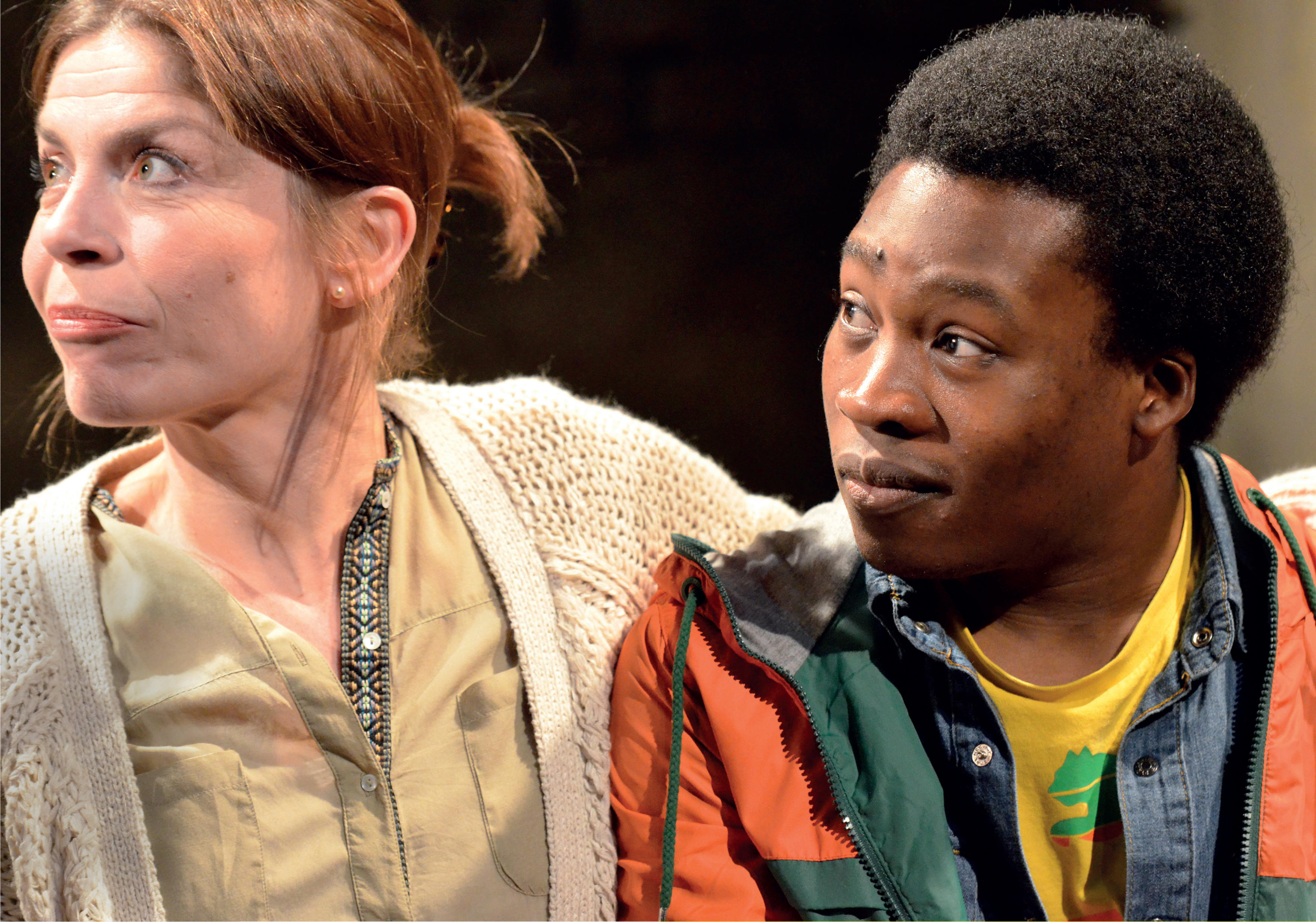 © Keith Pattison
© Keith Pattison
Refugee Boy by Benjamin Zephaniah, adapted for the stage by Lemn Sissay
Advisory board
Bloomsbury has created an advisory board to guide the direction for its Lit in Colour programme. Pooja Ghai, the artistic director of Tamasha Theatre Company, and mezze eade, talent development manager at the Donmar Warehouse and an education associate at The Old Vic, have joined to ensure that the developed programme meets the needs of teachers, represents new and exciting talent in the performance and drama space, and makes the drama experience in schools best in class.
Margaret Bartley, editorial director of Classics, Drama and Performance and Literary Studies at Bloomsbury Publishing, believes that the Lit in Colour programme will ‘allow students to engage in a text’ as they can feel that they can recognise themselves in plays that they are studying. Bartley recalls a student from a UK minority background studying one of these plays and commenting, ‘I don't have to act white anymore’. However, with new texts come unfamiliar territories for teachers. Bartley recognises this and hopes that this new project can help offer teachers a helping hand to take that leap into the unknown: ‘It's about supporting and helping teachers to study new texts so that they feel confident enough to make changes to their teaching.’
Get involved
Bloomsbury is also collaborating with the National Theatre and Open Drama UK and is keen to carry out further research by talking to Drama and English teachers. You can take part by visiting bloomsbury.com/LitInColour and taking the online survey. You can also read the initial report and access free teaching resources by visiting litincolour.penguin.co.uk. The Runnymede Trust also offers a wealth of information and is well worth a look at www.runnymedetrust.org
Two playtexts to exploreThe Empress by Tanika GupterThrough narrative, music and song, The Empress blends the true story of Queen Victoria's controversial relationship with her Indian servant and ‘Munshi’ (teacher), Abdul Karim, with the experiences of Indian ayahs who came to Britain during the 19th century. This is a fascinating play taking in the imperial context and explores themes of class, race, gender and religion. The play has just been added to the AQA GCSE Drama set text list.Refugee Boy by Benjamin Zephaniah, adapted for the stage by Lemn SissayBased on the novel by Benjamin Zephaniah, Refugee Boy is an urgent story of a courageous African boy sent to England to escape the violent civil war. The play follows Alem, a teenager from Ethiopia-Eritrea, who finds himself in a bed and breakfast in a Berkshire. A story that follows Alem's passage through the British care system and explores themes of belonging and finding a ‘home.’



